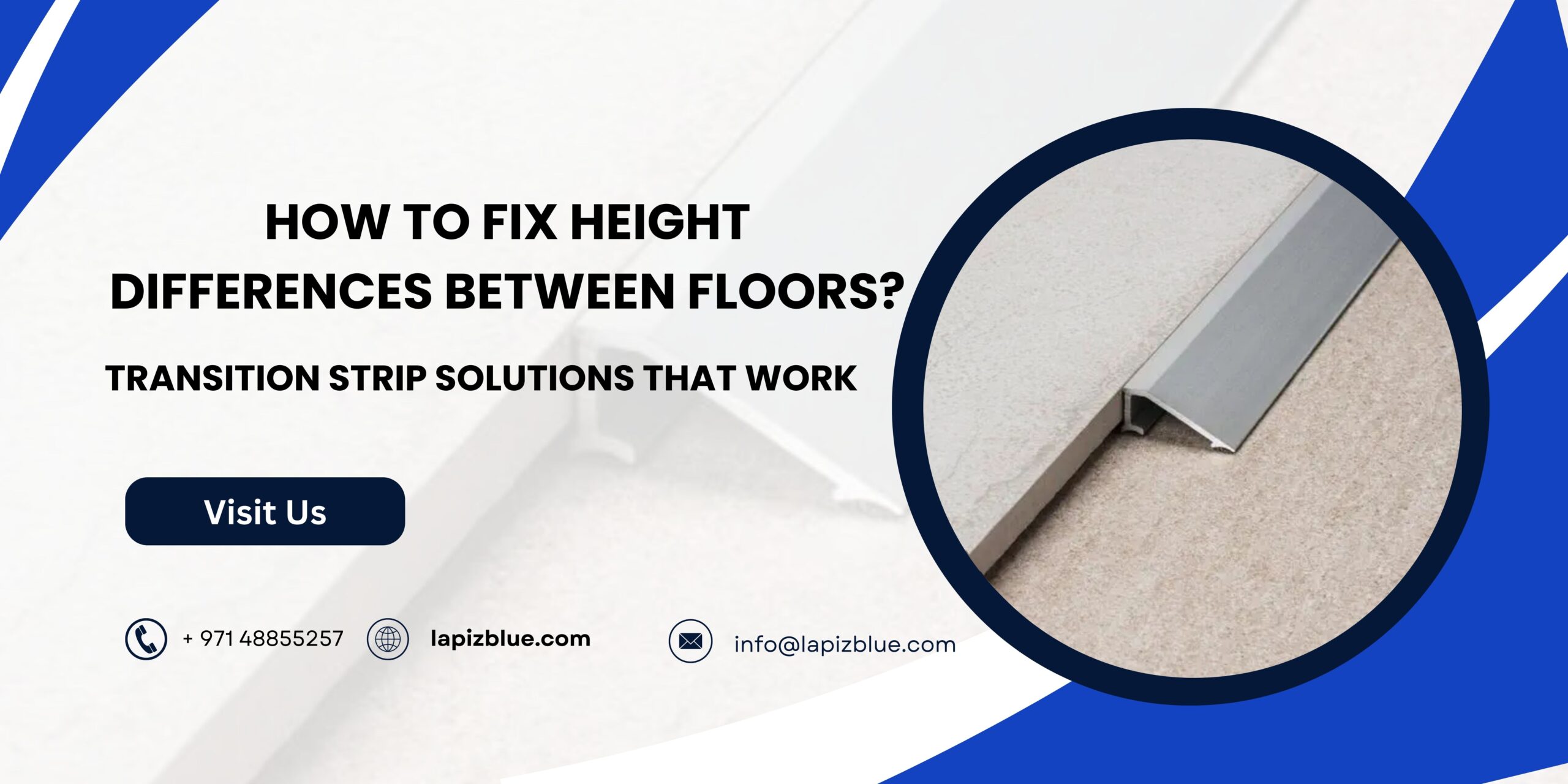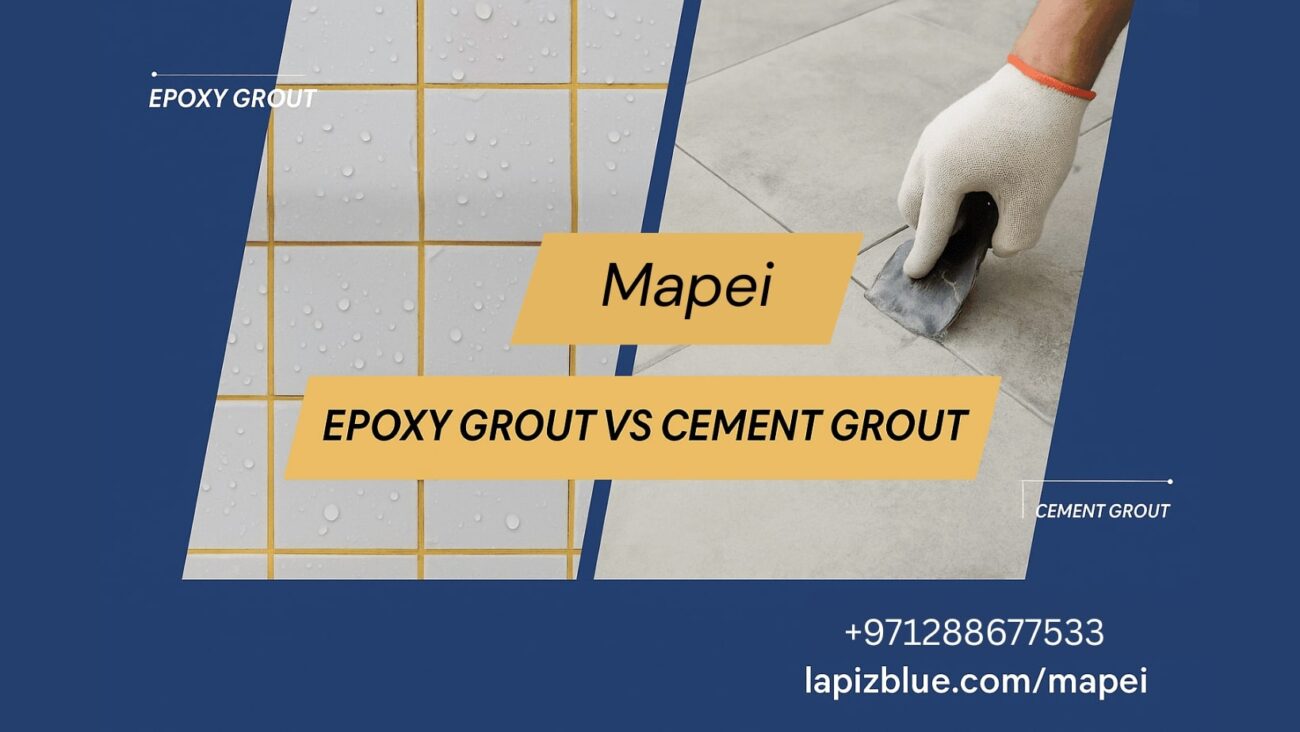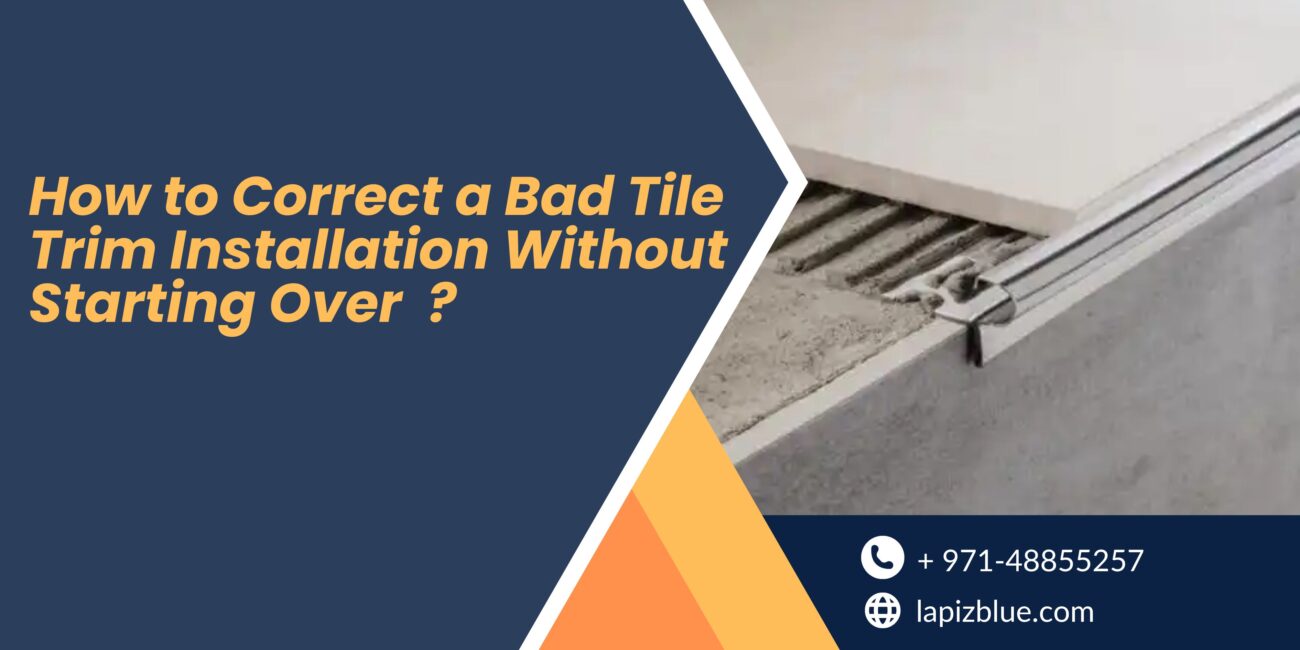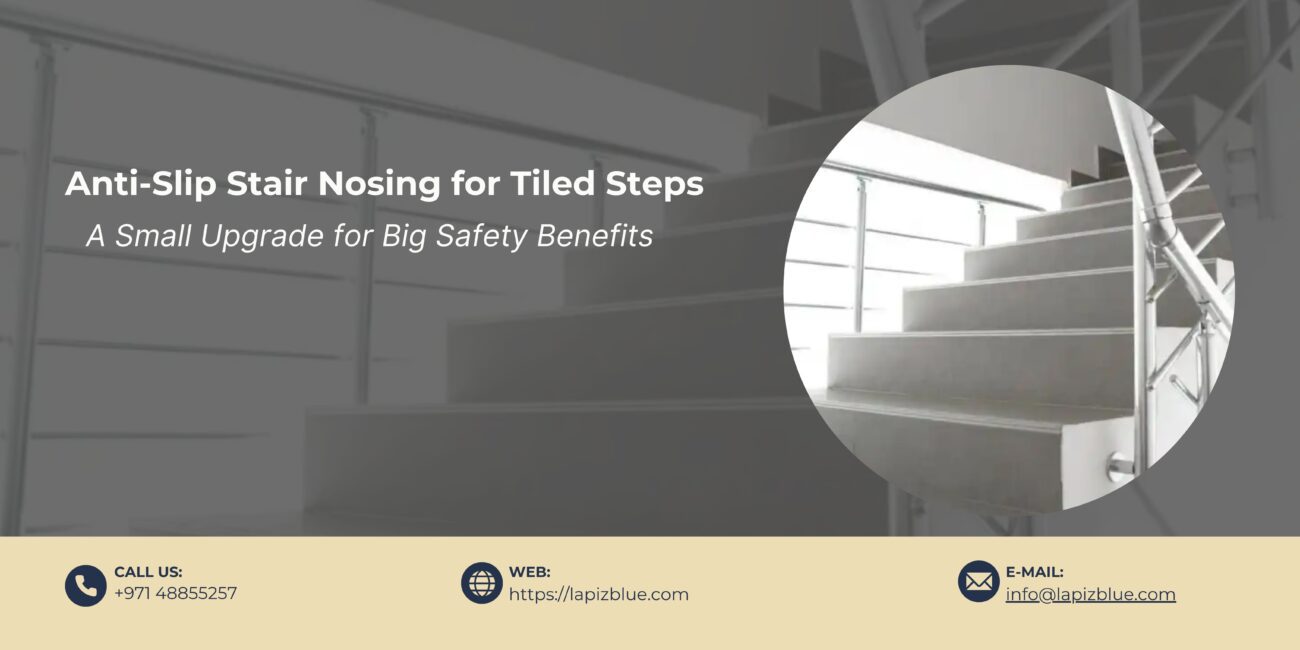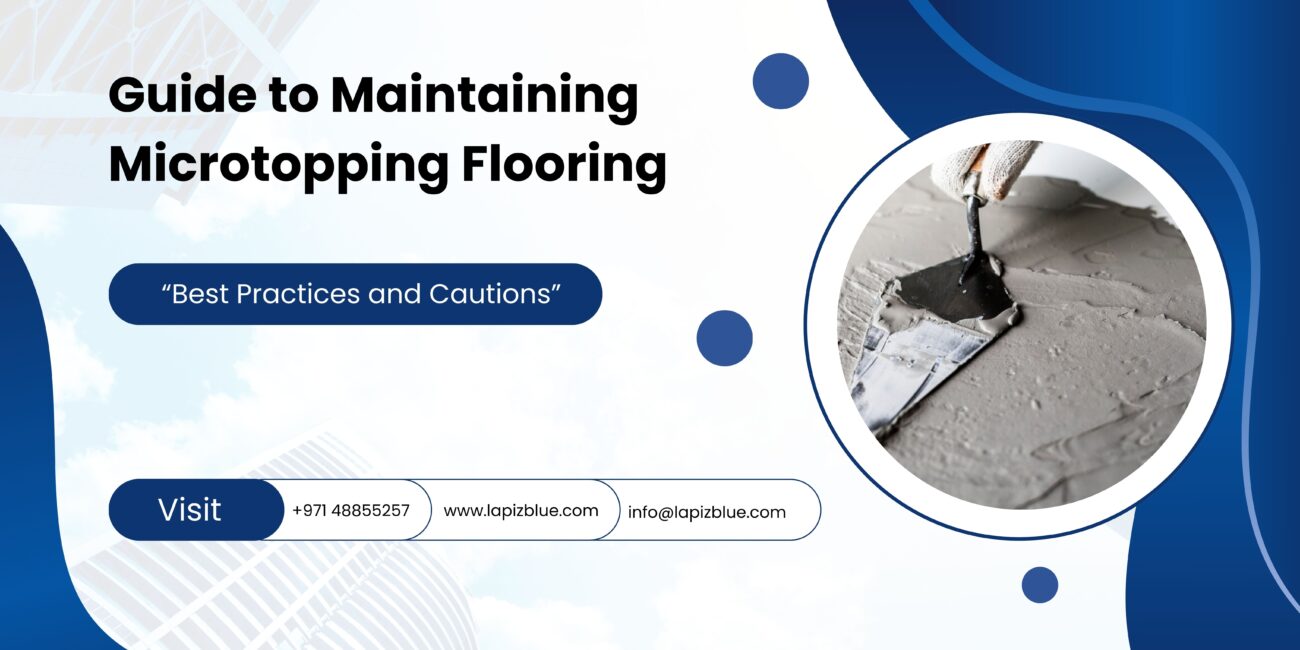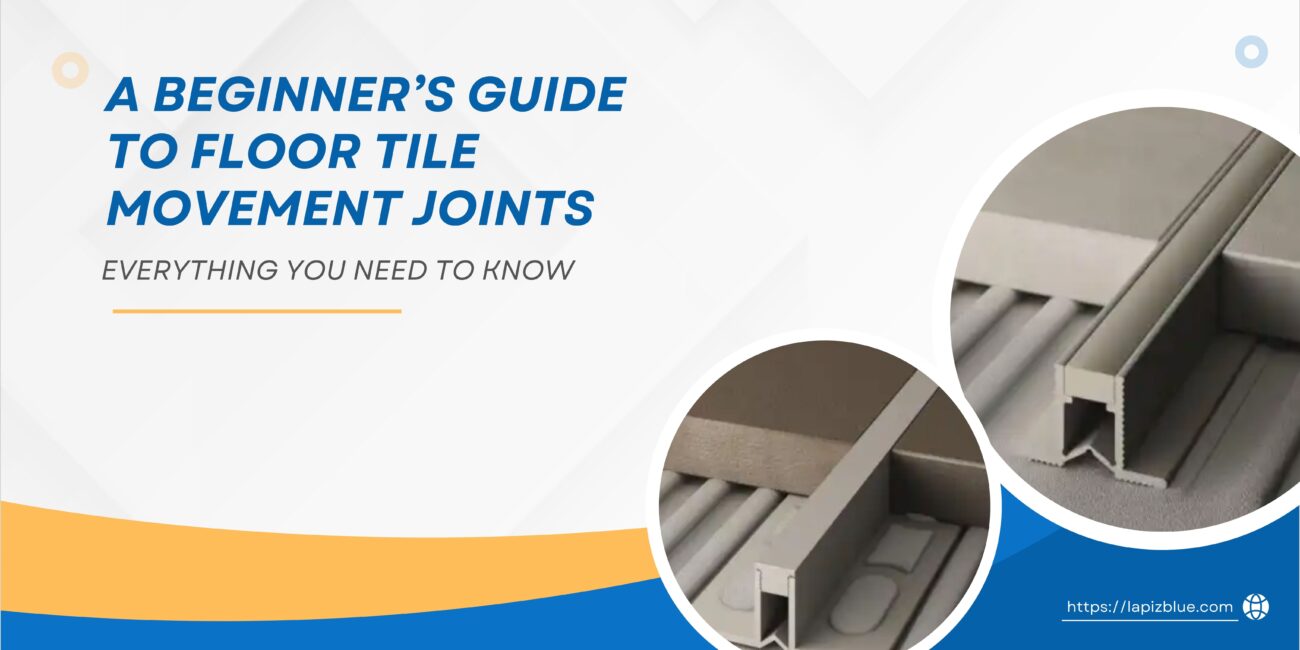Ever walked from one room to another and nearly tripped because the floors weren’t the same height? Yeah, it’s frustrating. Whether you’re dealing with a slight difference between hardwood and tile or a more noticeable gap between carpet and vinyl, those uneven transitions can be an eyesore—and a safety hazard.
The good news is there are plenty of ways to fix floor height differences, from simple transition strips to full-on levelling solutions. Here’s everything you need to know to make your floors flow seamlessly.
Why Floor Transitions Matter?
Floor transitions serve both functional and aesthetic purposes. Some key reasons to invest in the right profiles for floors include:
-
Safety: Uneven flooring can be a tripping hazard, especially in high-traffic areas.
-
Durability: Without proper floor trims, flooring edges may chip, crack, or become loose over time.
-
Visual Appeal: Well-chosen transition strips create a polished look, seamlessly connecting different materials.
-
Expansion and Contraction Management: Some flooring types expand or contract with temperature changes, requiring proper joints for flexibility.
Common Floor Height Differences and Their Causes
Before selecting a flooring profile, it’s important to understand why height differences occur. Some common reasons include:
-
Subfloor variations: Different rooms may have different subfloor levels due to construction techniques.
-
Material thickness: Certain flooring types, such as tile and hardwood, are naturally thicker than vinyl or laminate.
-
Underlayment requirements: Some flooring materials require additional padding or underlayment for stability and comfort.
-
Installation methods: Floating floors, glued-down surfaces, and nailed-down installations all impact final height.
Choosing the Right Transition Strip
Selecting the right profile depends on the type of flooring and the height difference between surfaces. Profilpas solutions in Abu Dhabi and Dubai offer a variety of floor profiles to suit different needs. Here are some common transition solutions:
1. For Noticeable Height Differences
If there’s a clear step between two flooring surfaces, a specialized transition profile is essential for a smooth and secure connection. Proclassic F is an excellent choice for bridging height gaps while maintaining a sleek and modern look. If the flooring cut or installation has slight imperfections, Proclassic R effectively conceals uneven edges, ensuring a polished finish.
2. Profiles for Floors of Equal Height
Even when two flooring surfaces are at the same level, a durable transition profile prevents long-term wear and damage. Projoint and Projoint M are ideal for high-traffic areas, offering a seamless connection that enhances both durability and visual appeal. These floor profiles are especially useful for commercial spaces where heavy foot traffic demands extra reinforcement.
3. Threshold Profiles
For transitions between different rooms or flooring materials, Prodecor DJ and Prodecor DJ Flex provide an adaptable and stylish solution. These floor trims protect the edges of both surfaces while accommodating natural movement, making them perfect for spaces where flooring materials expand or shift over time.
4. Stair Nosing Profiles
When dealing with height differences on stair edges, Cerfix Proangle offers an added layer of safety. This profile prevents chipping at the edges while enhancing stair durability, making it a must-have for both residential and commercial staircases.
5. Movement Joints
Flooring materials can expand and contract due to temperature changes, leading to cracks and instability. A movement joint like Projoint R absorbs these shifts while maintaining the flooring’s structural integrity, ensuring long-term performance without compromising aesthetics.
How to Install Transition Strip
Step 1: Measure the Height Difference
Use a measuring tape to determine the height gap between the two flooring surfaces. This will help in selecting the appropriate transition profile.
Step 2: Choose the Right Transition Type
Based on the height and flooring material, select a suitable profile such as a threshold profile, movement joint, or stair nosing profile.
Step 3: Cut the Strip to Size
Using a saw or cutting tool, trim the transition strip to match the width of the doorway or transition area.
Step 4: Secure the Strip
Depending on the type of transition strip, it can be:
-
Glued: Applied with an adhesive for a firm hold.
-
Screwed or Nailed: Drilled into the subfloor for maximum stability.
-
Floating: Placed between flooring sections without fasteners.
Step 5: Finishing Touches
Ensure the strip is flush with the flooring and does not create a tripping hazard. Clean any adhesive residue and test for a secure fit.
Conclusion
Floor height differences don’t have to be a design challenge or a safety concern. The right transition strips ensure a seamless, durable, and visually appealing connection between flooring materials.
For high-quality flooring solutions in the UAE, Lapiz Blue proudly brings Profilpas products to Abu Dhabi and Dubai, offering a wide range of floor profiles designed for residential and commercial spaces. As an authorized supplier, Lapiz Blue connects homeowners, contractors, and designers with premium Profilpas transition profiles. From Proclassic F to Prodecor DJ, our Profilpas collection offers professional, long-lasting solutions.
Contact us today for expert guidance in selecting the ideal the transition strips for your space.

